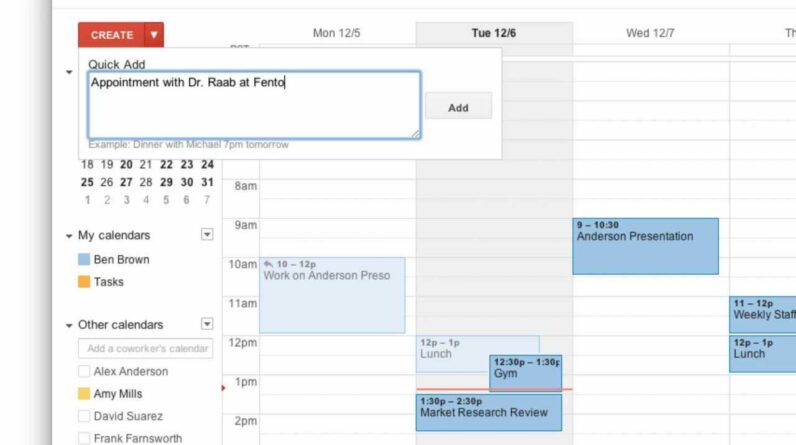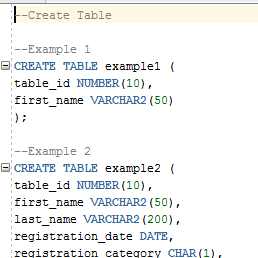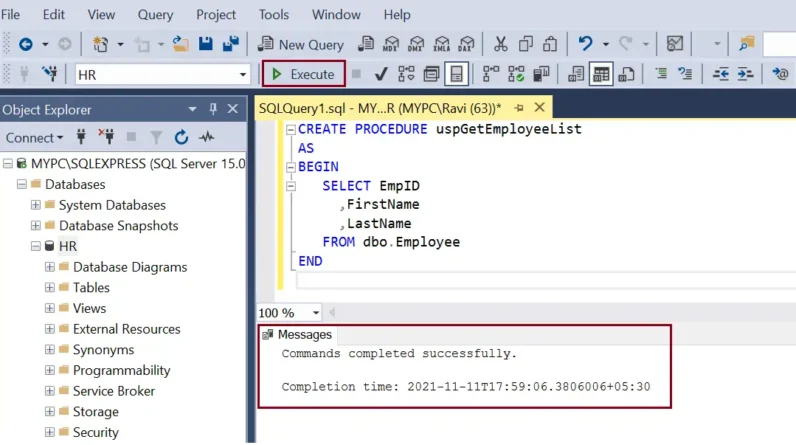
Do you ever find yourself needing to locate specific information in a large Excel spreadsheet? Maybe you’re trying to find the corresponding value for a specific entry, but scrolling through hundreds of rows and columns is a daunting task. Well, fear not, because in this article, we’re going to show you how to use VLOOKUP in Excel to easily locate and retrieve data.
If you’re unfamiliar with VLOOKUP, it’s a powerful function that allows you to search for a specific value in the leftmost column of a range of cells, and then return a corresponding value from a different column in the same row. Confused? Don’t worry, we’re going to break it down step-by-step and make it super easy to understand. By the end of this article, you’ll be a pro at using VLOOKUP in Excel, and you’ll wonder how you ever managed without it. So, let’s dive in and learn how to make the most of this handy function.
Table of Contents
How to Use VLOOKUP in Excel
Understanding VLOOKUP in Excel
Explanation of VLOOKUP function
The VLOOKUP function in Excel is a powerful tool that allows you to search for a specific value in a table or range of data and retrieve corresponding information from another column. It is one of the most commonly used functions in Excel and is particularly useful when working with large datasets or when you need to quickly find specific information.
Key features of VLOOKUP
The key features of the VLOOKUP function include:
- Searching for a specific value in a single column.
- Retrieving data from a different column based on the matching value.
- Handling both exact and approximate matches.
- Specifying the range of data to search in.
- Allowing for different match types.
- Handling errors and providing error handling options.
Benefits of using VLOOKUP in Excel
There are several benefits to using the VLOOKUP function in Excel:
- It saves time and effort by automating the process of searching for and retrieving specific information.
- It allows for efficient data analysis and reporting by quickly extracting relevant data from large datasets.
- It helps ensure data accuracy by reducing the chance of human error when manually searching for information.
- It is user-friendly and easy to understand, making it accessible to users of all skill levels.
Syntax and Parameters
Syntax of VLOOKUP function
The syntax of the VLOOKUP function is as follows:
VLOOKUP(lookup_value, table_array, col_index_num, [range_lookup]) Explanation of each parameter
- lookup_value: This is the value you want to search for in the first column of the table or range.
- table_array: This is the range of cells that contains the table or range of data you want to search in.
- col_index_num: This is the column number in the table or range from which you want to retrieve the data.
- range_lookup: This parameter is optional and specifies whether you want an exact match or an approximate match.
Examples of different parameter combinations
Here are a few examples of different parameter combinations and how they can be used:
-
Exact match:
VLOOKUP("apple", A1:B5, 2, FALSE)– This formula will search for the value “apple” in column A1 to B5 and retrieve the corresponding value from the second column. -
Approximate match:
VLOOKUP(100, A1:B5, 2, TRUE)– This formula will search for the value 100 in column A1 to B5 and retrieve the closest matching value from the second column. -
Using a cell reference:
VLOOKUP(A1, A1:B5, 2, FALSE)– This formula will use the value in cell A1 as the lookup value and retrieve the corresponding value from the second column.

Step-by-Step Guide to Using VLOOKUP
Preparing your data for VLOOKUP
Before using the VLOOKUP function, it is important to ensure that your data is properly organized. Make sure that the data you want to search in is arranged in columns and the column containing the lookup value is on the left side.
Selecting the correct column for lookup value
Identify the column that contains the value you want to search for. This column should be the first column on the left side of your table or range.
Choosing the appropriate range for table array
Select the range of cells that contains the table or range of data you want to search in. Make sure to include all the relevant columns and rows in the range.
Understanding the index number
Determine the column number in the table or range from which you want to retrieve the data. Count the columns from the left side of the table or range, starting with 1 for the first column.
Exploring the different match types
Decide whether you want to perform an exact match or an approximate match. Exact matches will only return a result if the lookup value is found exactly as it is, while approximate matches will return the closest matching value based on certain criteria.
Handling errors and troubleshooting
When using the VLOOKUP function, it is important to handle errors and troubleshoot any issues that may arise. Common errors include #N/A (when the lookup value is not found), #REF! (when the range is incorrect), and #VALUE! (when an invalid parameter is used).
Advanced Techniques with VLOOKUP
Using VLOOKUP with wildcard characters
You can use wildcard characters, such as asterisks (*) and question marks (?), in the lookup value to perform partial matches. This can be useful when you only have a part of the value you are searching for.
Performing approximate matches with VLOOKUP
By setting the range_lookup parameter to TRUE, you can perform approximate matches. This is particularly useful when working with numeric values and you want to find the closest match within a range.
Combining VLOOKUP with other functions
VLOOKUP can be combined with other functions in Excel to enhance its capabilities. For example, you can use the IF function to handle errors or the CONCATENATE function to merge multiple columns into one.
Applying VLOOKUP across multiple worksheets
VLOOKUP can be used to search for data across multiple worksheets in Excel. By specifying the correct range for the table_array parameter and using the worksheet reference in the formula, you can retrieve data from different worksheets.
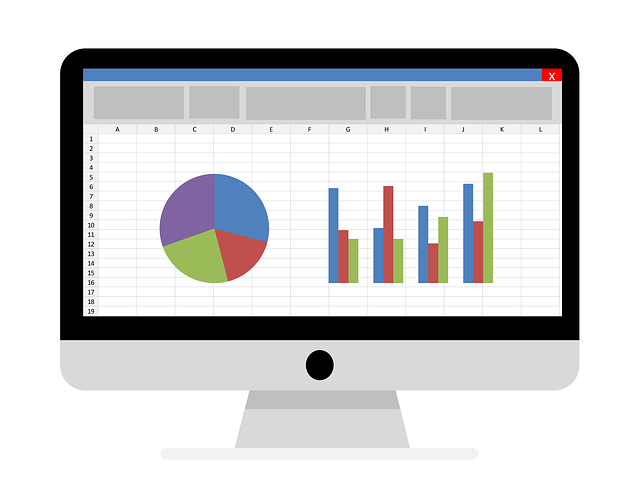
Optimizing VLOOKUP Performance
Sorting data for faster VLOOKUP
Sorting your data can significantly improve the performance of VLOOKUP. By sorting the data based on the column you are searching in, Excel can quickly find the desired value.
Using the approximate match option
Using the approximate match option can also improve the performance of VLOOKUP. By setting the range_lookup parameter to TRUE, Excel can perform a binary search, which is faster than an exact match.
Using named ranges for table array
To make your formulas more organized and easier to understand, you can use named ranges for the table array. This allows you to refer to the range by its name instead of its cell references.
Using the IFERROR function to handle errors
To handle errors that may occur when using VLOOKUP, you can use the IFERROR function. By wrapping the VLOOKUP formula with IFERROR, you can specify a default value or error handling message.
VLOOKUP Examples in Real-Life Scenarios
Finding product details from inventory
In a product inventory, you can use VLOOKUP to quickly find and retrieve details about a specific product, such as its price, quantity, or description.
Looking up student grades from a database
When working with a database of student grades, VLOOKUP can be used to search for a student’s name and retrieve their corresponding grades for different subjects.
Matching sales data with customer names
In a sales database, VLOOKUP can be used to match customer names with their corresponding sales data, such as total revenue, number of purchases, or average order value.
Extracting data from large datasets
When working with large datasets, VLOOKUP can be used to extract relevant data based on specific criteria. For example, you can search for all orders within a certain date range or for all products with a particular attribute.

Alternatives to VLOOKUP
Introduction to other lookup functions in Excel
Excel offers several other lookup functions, such as HLOOKUP, INDEX, and MATCH. These functions provide alternative ways to search for and retrieve data in Excel.
Comparison of VLOOKUP with HLOOKUP
While VLOOKUP is used to search for values in a vertical table, HLOOKUP is used to search for values in a horizontal table. The syntax and parameters are similar, but the orientation of the search is different.
Exploring INDEX and MATCH functions
The INDEX and MATCH functions can be used together as an alternative to VLOOKUP. This combination provides more flexibility and control over the search process, allowing for non-contiguous or multi-criteria searches.
Using database functions like DGET and DSUM
Excel also offers database functions like DGET and DSUM, which can be used for more complex database queries. These functions provide additional filtering and aggregation capabilities.
Best Practices for Using VLOOKUP
Keeping data consistent and organized
To ensure accurate results when using VLOOKUP, it is important to keep your data consistent and well-organized. Make sure that your table or range is properly formatted and that the data is entered correctly.
Understanding different lookup scenarios
Different scenarios may require different approaches when using VLOOKUP. Understand the specific requirements of your analysis or reporting task and choose the appropriate parameters and options accordingly.
Avoiding common mistakes and pitfalls
When using VLOOKUP, there are several common mistakes and pitfalls to be aware of. These include not sorting the data, using incorrect column numbers or parameter values, and not handling errors properly.
Using VLOOKUP in combination with other formulas
VLOOKUP can be combined with other formulas and functions in Excel to enhance its capabilities. Experiment with different combinations to find the most efficient and effective solution for your specific needs.
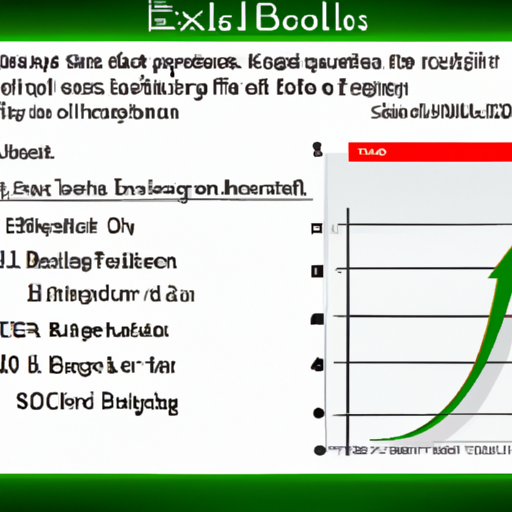
Learning Resources and Further Support
Recommended books and online tutorials
There are numerous resources available to learn more about using VLOOKUP in Excel. Consider books, online tutorials, and video courses to expand your knowledge and improve your skills.
Excel user communities and forums
Joining Excel user communities and forums can provide valuable support and resources. These communities allow you to connect with other Excel users, ask questions, and share your knowledge and expertise.
Exploring Microsoft’s official documentation
Microsoft provides extensive documentation on Excel and its functions, including VLOOKUP. Visit their official website to access tutorials, guides, and reference materials to help you master VLOOKUP.
Availability of training courses
If you prefer a more structured learning experience, consider enrolling in a training course on Excel. Many online platforms offer courses specifically focused on Excel functions, including VLOOKUP.
Conclusion
Summary of VLOOKUP’s importance
VLOOKUP is an essential function in Excel that allows you to efficiently search for and retrieve specific information from a table or range of data. It saves time, improves data accuracy, and enhances data analysis and reporting capabilities.
Key takeaways and practical applications
By understanding the syntax, parameters, and features of VLOOKUP, you can effectively use this function to perform various tasks in Excel. Whether you need to extract data from large datasets, match information from different tables, or perform complex database queries, VLOOKUP can help you achieve your goals.
With practice and experimentation, you can become proficient in using VLOOKUP and leverage its power to enhance your productivity and efficiency in Excel.




